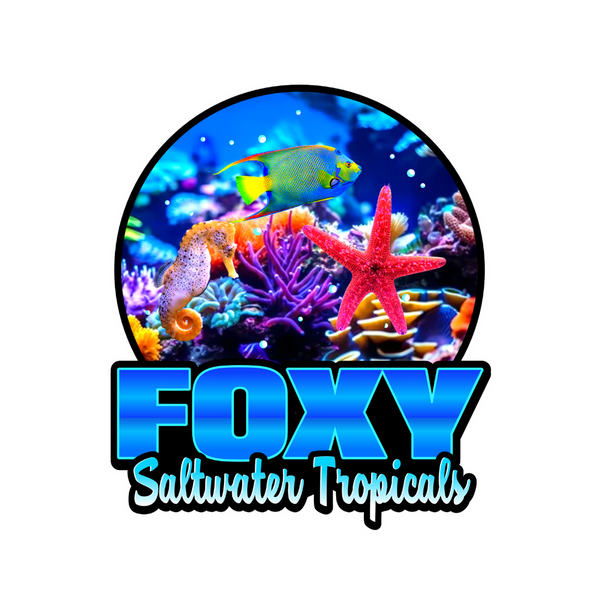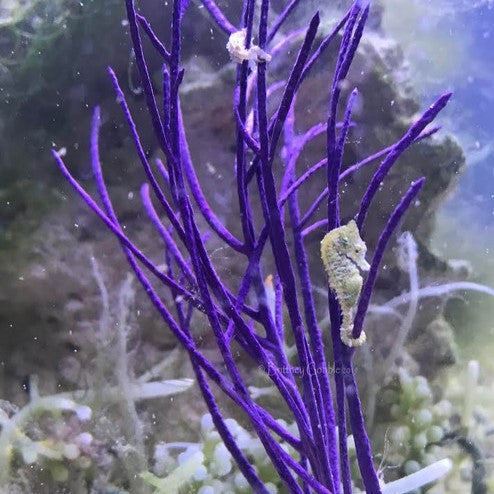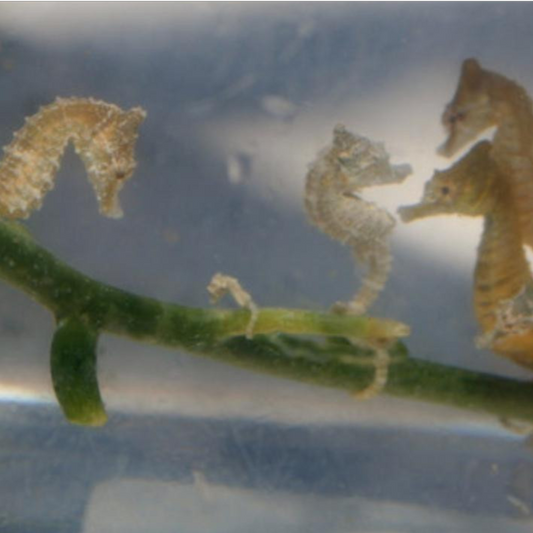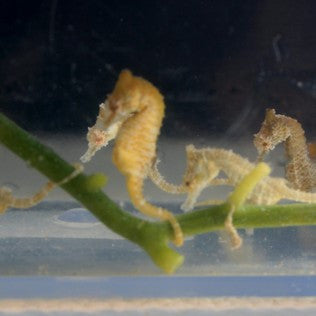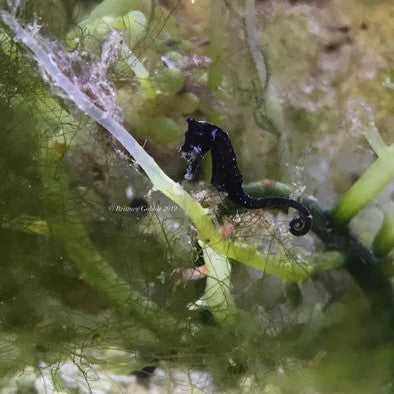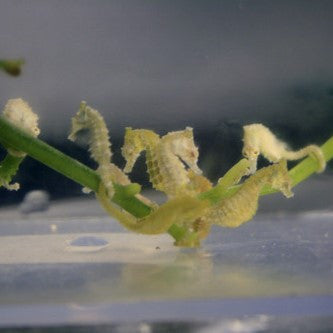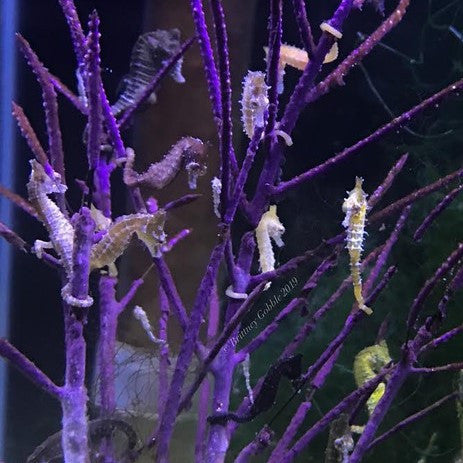
These tiny, captivating creatures have a way of drawing you in with their gentle movements and unique personalities. They may be small, but they bring a big dose of character to any tank.
Dwarf seahorses thrive in compact aquariums filled with macroalgae, gorgonians, sponges, and other live plants—giving them plenty of spots to anchor and explore. We make sure our ethically sourced seahorses are gently acclimated to tank life, making their transition into a new home as smooth as possible.
To keep a dwarf seahorse comfortable, stick with peaceful tank mates and steer clear of fast-moving or aggressive species. With the right setup, these little seahorses create a peaceful, natural beauty that’s as relaxing as it is mesmerizing.
Check out our collection today and bring home one of these incredible saltwater companions!
Dwarf Seahorse Care Summary:
| Care Requirement |
Recommendation
|
|
Food |
Tigger pods, Hatched Brine shrimp Eggs, Copepods |
|
Tank Decor |
Live plants, Macroalgae |
|
Tank Mates |
Peaceful and small species (Snails, Starfish, Pipefish, Dwarf Pipefish, hermits) |
|
Environment |
Gentle water flow |
Benefits of Dwarf Seahorses
Setting up a comfortable tank for dwarf seahorses means adding live plants, macroalgae, and gentle water flow—giving them plenty of spots to anchor and explore. It also makes your aquarium look and feel more like a natural slice of the ocean.
Dwarf Seahorse Benefits:
| Benefit |
Explanation
|
Natural Beauty
|
Adds a unique, delicate charm to your tank |
Small Size
|
Ideal for smaller aquariums
|
Active Scavengers
|
Help maintain tank cleanliness
|
Why Choose Dwarf Seahorses?
If you’re looking for a unique, low-key addition to your saltwater aquarium, dwarf seahorses are an awesome choice. Their laid-back nature makes them perfect for smaller tanks, especially setups with macroalgae and natural elements that help them feel at home.
They do best with peaceful, non-aggressive tankmates, creating a relaxed, stress-free environment where they can thrive. Each one is healthy, well cared for, and ready to settle into a new home.
Take a look at our collection and add a little ocean magic to your tank with these incredible dwarf seahorses!
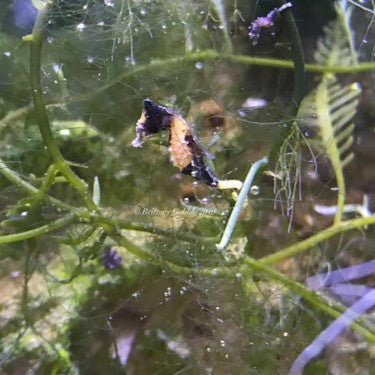 Sold out
Sold out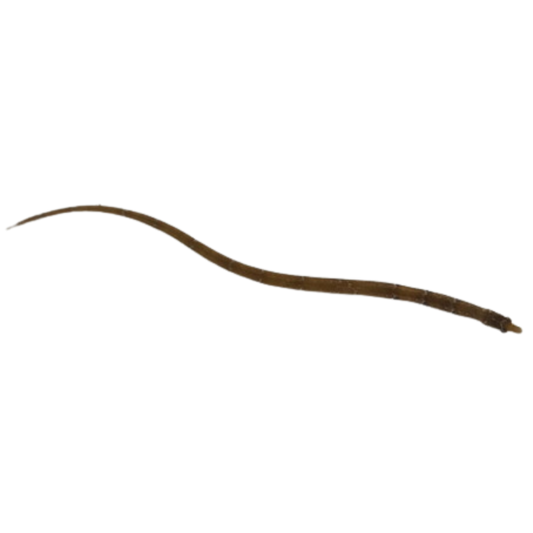 Sold out
Sold out